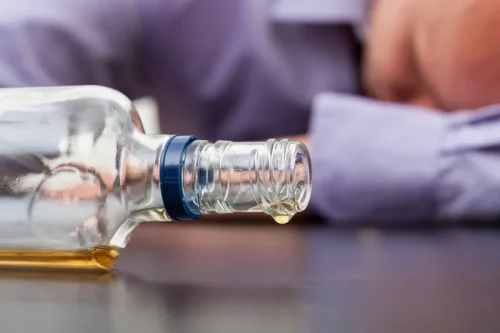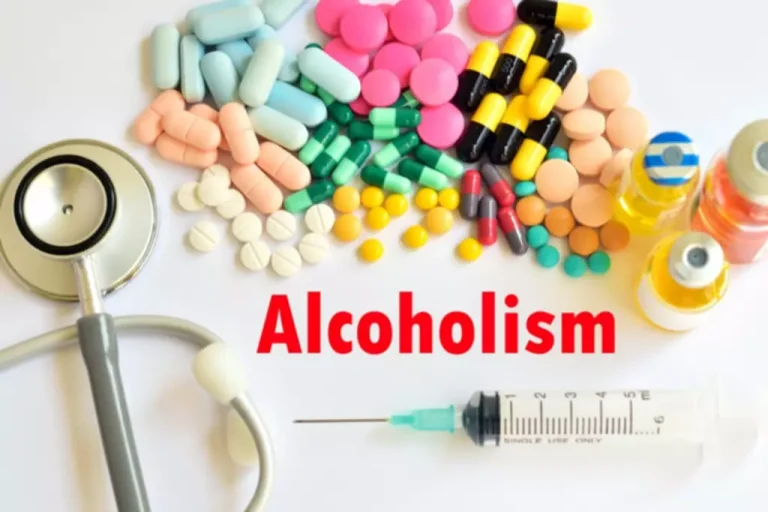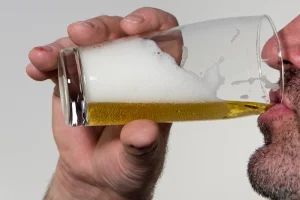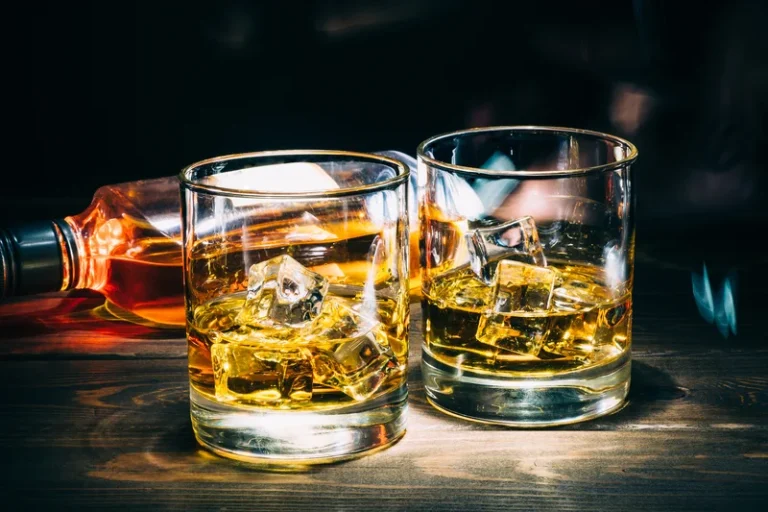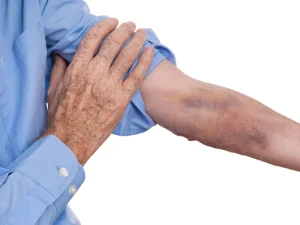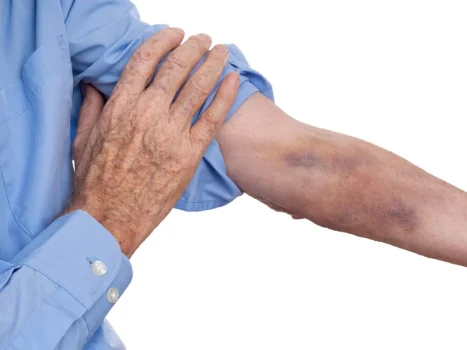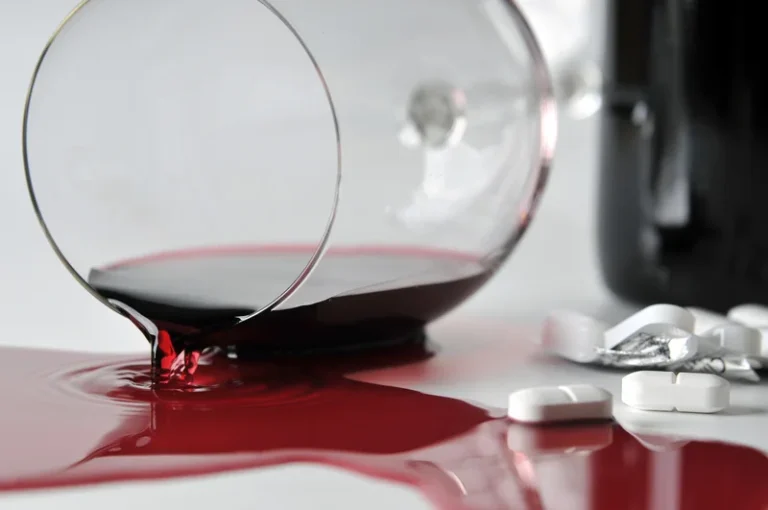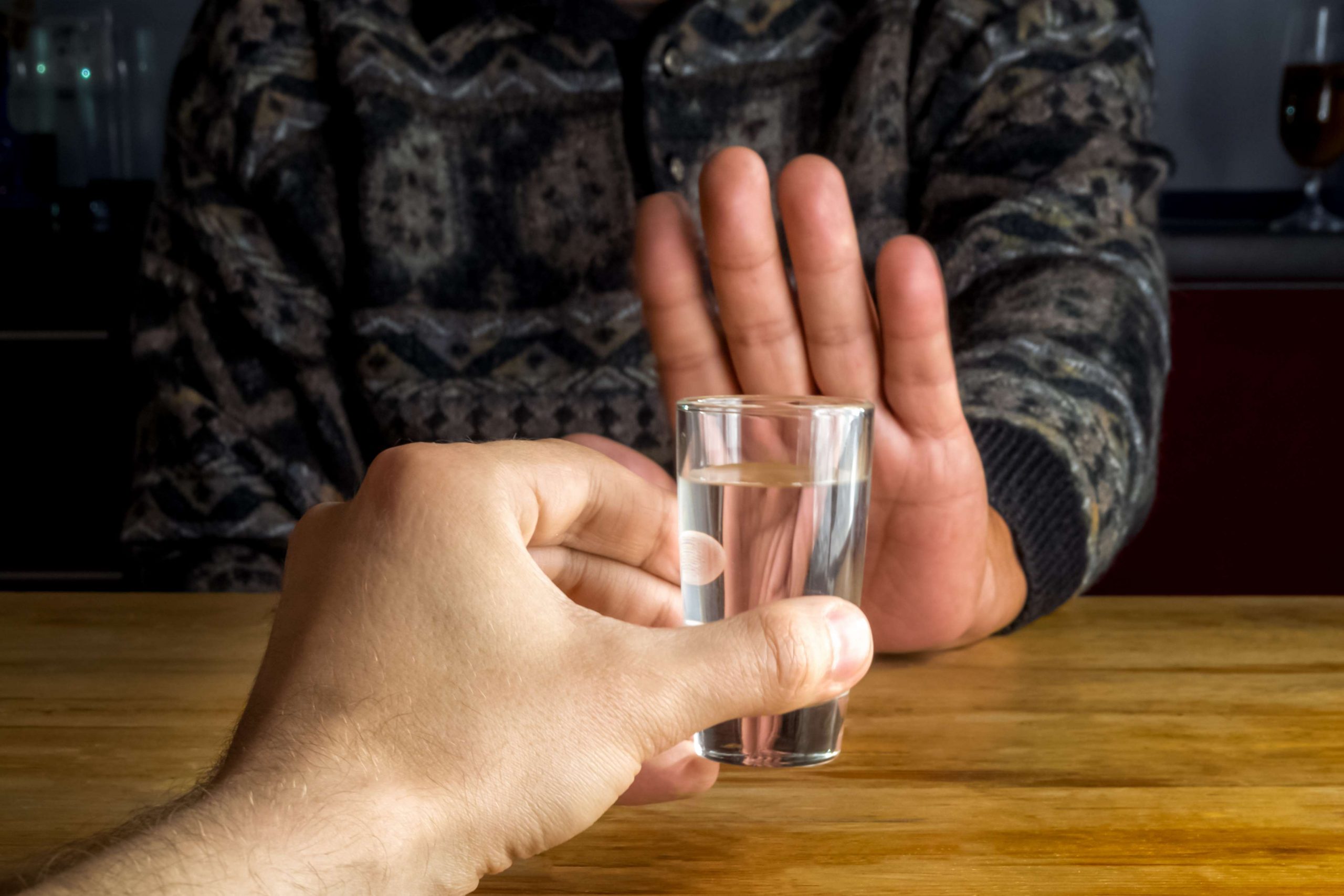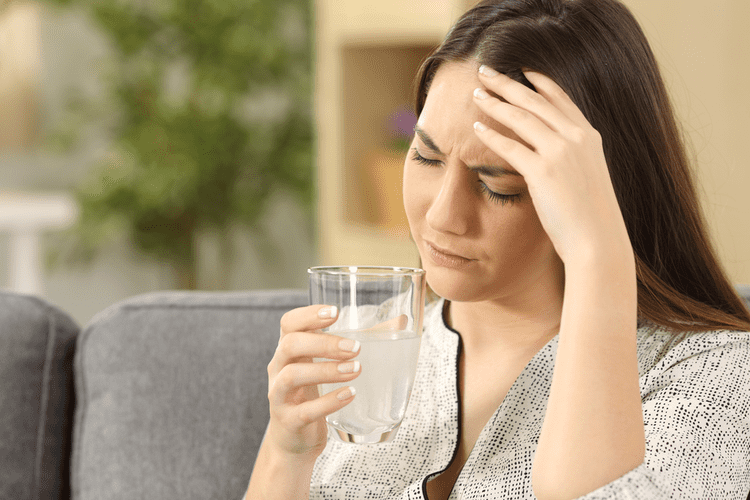The added strain plus tar and other chemicals in pot may raise your chance of having a heart attack or stroke. The danger is even greater if you’re older or if you already have heart problems. If you use these drugs more, you’re at risk for opioid use disorder. If you smoke pot regularly, it can lead to coughing, wheezing, phlegm, and a higher risk of respiratory infections. Your airways may be more sensitive, which could cause problems when your doctor puts in or takes out your breathing tube. Along with having trouble breathing, you might feel like you’re having an asthma attack or have less oxygen in your lungs.
What are the immediate effects of marijuana use?
It is not yet known whether marijuana smoking contributes to the risk for lung cancer. Regardless of how THC is ingested, the substance acts specifically on the brain cell’s cannabinoid receptors. It’s short for cannabidiol, a substance found in both marijuana and hemp plants. CBD can be made into CBD oil and sold as pills, gels, creams, and other formulas.
Tips for Reducing Addiction Risk
Protective factors can help people avoid substance use disorders. Things like extended family support, language-based discipline from parents, and a supportive peer group can help counteract some risk factors. Drugs that lessen marijuana cravings mixing alcohol and elavil amitriptyline have often been unsuccessful. “There is an urgent need to develop effective treatments, either behavioral or pharmacological, for cannabis use disorder,” says Yale Medicine psychiatrist Deepak Cyril D’Souza, MD, a Yale Medicine psychiatrist.
Why Is Marijuana Addictive?
Psychosis is a symptom of a serious medical condition called schizophrenia. Schizophrenia also affects the way you understand what’s real, but it includes other symptoms like trouble with speech and not being able to focus and show emotions. Research suggests that about 30% of people who use marijuana might have marijuana use disorder, the severity of which can vary. One approach, call motivational interviewing, helps to turn ambivalence about quitting into energy to quit.
- You can consult with your health care professional to see if this is a viable treatment option for you.
- Other agents being studied include the nutritional supplement N-acetylcysteine and chemicals called FAAH inhibitors, which may reduce withdrawal by inhibiting the breakdown of the body’s own cannabinoids.
- They can help identify treatment options that are appropriate for your situation and provide resources for family and friends.
- This program is ideal for educating patients and their families, school faculty and staff, behavioral and mental health professionals, and more.
- U.S. policy has also made marijuana research of any sort very difficult.
For instance, those who use marijuana to cope with anxiety, depression, or sleep disorders can find more appropriate treatment types—including lifestyle changes, therapy, and medication—to help relieve their symptoms. Many people consider marijuana use to be relatively harmless, because they believe that it isn’t addictive, and because the drug can be beneficial when used for a medically prescribed purpose. Studies have shown, however, that chronic use of marijuana can be dangerous, leading to dependence, tolerance, and addiction. Long-term marijuana use can cause adverse effects both physical and psychological dependence, making it difficult to stop using, and even creating withdrawal symptoms in its users. Cannabis use disorder involves continued use of the substance even though the person experiences negative health or life effects from it.
Volkow explained that the patterns of activity in the brain shift from the drug activating reward centers to activating other, nearby regions related to the formation of habits. “The most common genetic legacy relating to addiction is inherited boredom,” explained Stalcup. What they have scientifically is a pleasure system that’s about 20 percent below normal. “The problem isn’t that they are releasing less dopamine, but that the dopamine stimulation in the brain is having a very attenuated effect,” Volkow said. “It is very well-known that dopamine is one of the most important neurotransmitters that regulates reward, motivation, and self-control,” said Dr. Nora Volkow, director of NIDA and one of the authors of the study. THC also affects the brain’s reward system and the release of the “pleasure hormone” dopamine.
The National Institute on Drug Abuse (NIDA) reports that 30% of people who use marijuana will develop problems with its use, known as marijuana use disorder. Cannabis use disorder, or marijuana use disorder, results from chronic cannabis use. It is defined in the fifth edition of the Diagnostic and Statistical Manual of Mental Disorders (DSM-5) as a result of either dependence or abuse of marijuana. A more recent study conducted in Washington State, where recreational cannabis use is legal, found that 21 percent of people who had used cannabis in the past 30 days qualified as having the disorder. It was only through talking to a friend that Julian realized he might have a problem. He had “thought that it was impossible to become addicted” to weed.
THC, which stands for tetrahydrocannabinol, is the part of the cannabis plant that causes the mental effect. THC can cause changes to the brain that impact the structure and ability to function, including learning, memory, cognitive ability, and behavior—including future substance use. This is an increased concern for younger people exposed to THC, including babies during pregnancy. While some people can try and use marijuana without becoming addicted, it can also be addictive for some people.
Although marijuana is perceived as harmless by many, the dangers outlined in my prior post are amplified with much more dire consequences in youth. Currently, recreational cannabis is legal for adults over the age of 21 in 24 states, which are home to more than half of the U.S. population. According to a recent Harris poll, about 40 percent of Americans use cannabis, and a quarter do so on at least a weekly basis. And yet, researchers and physicians told me, scientific consensus on the drug’s precise effects—especially on the heart and lungs, mental health, and developing adolescent brains—is still lacking. Rescheduling marijuana will broaden access further still, which makes finding better answers to those questions even more crucial.
Marijuana—also known as cannabis, weed, pot, or dope—refers to the dried flowers, leaves, stems, and seeds of the cannabis plant. The cannabis plant contains more than 100 compounds (or cannabinoids). It could also lead to the softening of other laws and regulations that account for the use or possession of cannabis, including sentencing guidelines, banking and access to public housing. John C. Umhau, MD, MPH, CPE is board-certified in addiction medicine and preventative medicine.
These devices pull the active ingredients (including THC) from the marijuana and collect their vapor in a storage unit. Over time, users may graduate from smoking marijuana to using it in high-dosage edible forms or propane-extracted concentrates called dabs. Mental health conditions, which have both genetic and environmental causes play a large one in a person’s chance of developing an addiction. Researchers estimated that 4 million people in the United States met the criteria for marijuana use disorder in 2015. They add that people who use marijuana before age 18 are 4 to 7 times more likely to develop this use disorder than adults. Scientists are still learning about how cannabidiol (CBD) affects the body.
While a psychotic reaction can occur following any method of use, emergency room responders have seen an increasing number of cases involving marijuana edibles. Some people (especially preteens and teens) who know very little https://sober-house.org/ about edibles don’t realize that it takes longer for the body to feel marijuana’s effects when eaten rather than smoked. So they consume more of the edible, trying to get high faster or thinking they haven’t taken enough.
Some antidepressants have been shown to help with withdrawal symptoms. You can consult with your health care professional to see if this is a viable treatment option for you. Marijuana is one of the most widely used drugs in the United States, but it can have serious health consequences as well as other negative effects on a person’s life. There are some signs to watch out for that suggest a person might be addicted to weed.
Studies also note that if you’re at risk of a mental condition, you may be more likely to smoke marijuana at an earlier age, maybe as a way to medicate yourself. Using marijuana may raise your chances of online therapy for addiction clinical depression or worsen the symptoms of any mental disorders you already have. The main psychoactive ingredient, THC, stimulates the part of your brain that responds to pleasure, like food and sex.
By Jaime R. Herndon, MS, MPHHerndon is a freelance health/medical writer with a graduate certificate in science writing from Johns Hopkins University. There are studies of children whose mothers used marijuana when pregnant with them. These children were found to have decreased verbal reasoning skills and more hyperactivity, impulsivity, and decreased attention. Marijuana is the most commonly used illegal drug during pregnancy.

